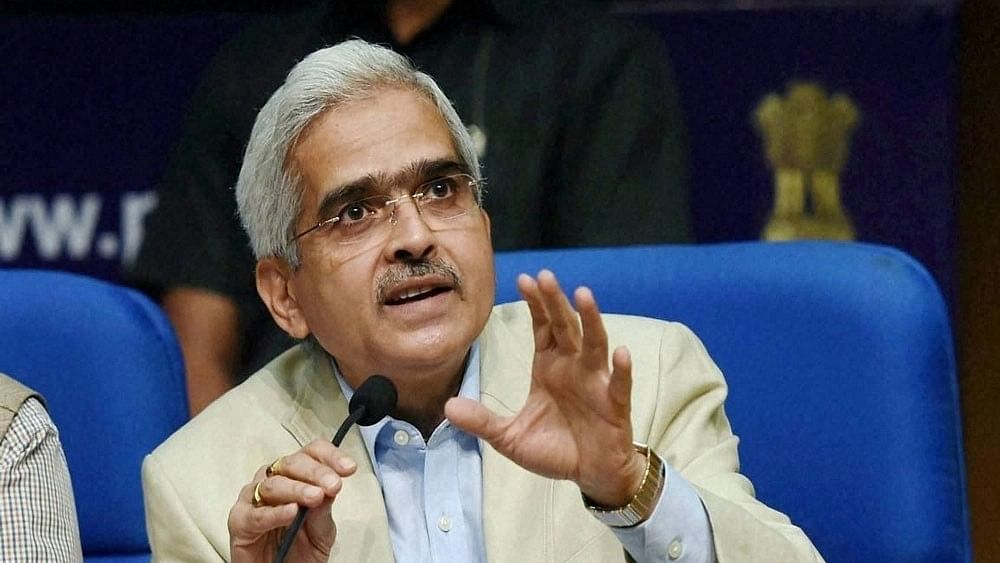
RBI Guv Shaktikanta Das.
Credit: PTI File Photo
Mumbai: Reserve Bank of India Governor Shaktikanta Das has credited timely and proactive prudential regulatory measures by the central bank in the last four-five years for the 'dramatic turnaround' in the banking system.
The country's banking sector was beset with a host of issues with record high bad loans as of March 2018, gross Non-Performing Assets (NPAs) were around 11 per cent and returns on assets and equity were in the negative, Das said.
He was addressing a seminar on banking and financial system organised by financial daily Mint here on Thursday.
Eleven banks were under prompt corrective action as of June 2018 but today none, he said, adding that the timely and proactive policy and regulatory measures helped them come back with healthy balance sheets.
Citing 'multiple crises' -- the fall of IL&FS in October 2018, the pandemic, and the Ukraine war from February 2022, Das said, "In the past five years, the RBI has taken a series of initiatives on the regulatory and supervisory fronts, while banks themselves, to their credit, responded to these challenges by strengthening their internal defence mechanisms. As a result, there has been a gradual and consistent turnaround in the banking system."
All key indicators of banks -- capital adequacy, asset quality, and profitability have improved in the past four years, he said, adding that credit growth is now broad-based and backed by strong fundamentals of banks and also non-banks.
"On the whole, our banking sector has emerged stronger from the unprecedented challenges of recent years," Das said.
The return on assets and return on equity have gone up 119 bps and 1,131 bps, respectively, he said, adding that the liquidity coverage ratio was at a comfortable 135.4, much above the minimum stipulation of 100.
Following the IL&FS crisis, the RBI heightened its focus to foster macro-financial stability through a series of conventional and non-conventional measures.
"When the pandemic struck, our response was swift and decisive and a slew of measures such as targeted term repo operations up to Rs 1,00,000 crore, reduction in the cash reserve ratio by 1 percentage point and enhancement of access to marginal standing facility by banks, was announced on March 27, 2020," he said.
All supervised entities were advised in March 2020 to activate their existing operational and business continuity plans and manage the risks posed by the pandemic, the governor said.
On the monetary policy front, the repo rate was slashed 115 bps between March and May 2020 and liquidity enhancing measures equivalent to 8.7 per cent of GDP were announced, as per the RBI governor.
"We were perhaps among the first few central banks to have set up a special quarantine facility with about 200 officers, staff and service providers, engaged in critical activities to ensure business continuity in the banking and financial market operations and payment systems," Das said.
In recent years, the RBI has completely overhauled the regulatory architecture of the banking system with various measures such as implementation of leverage ratio (June 2019); large exposures framework (June 2019); norms on appointment of directors and constitution of board committees (April 2021), and guidelines on digital lending in September 2022, he added.